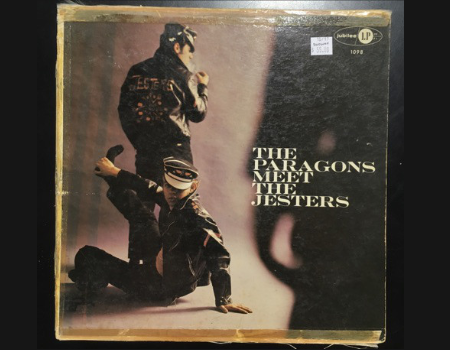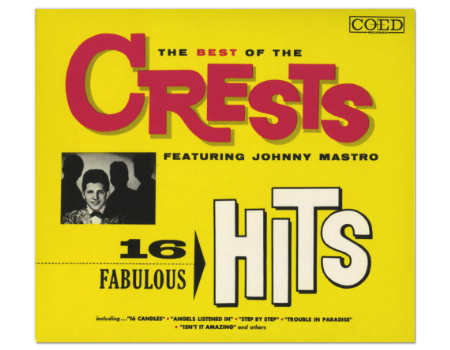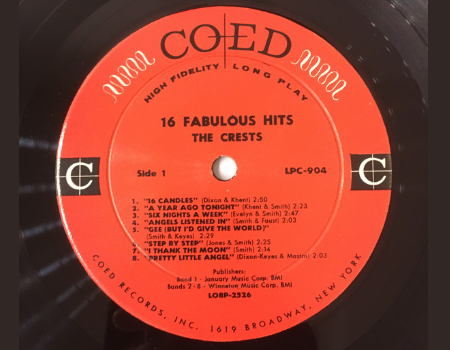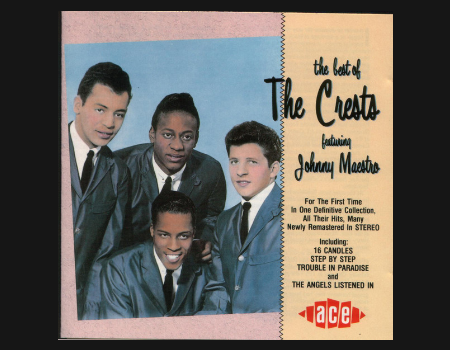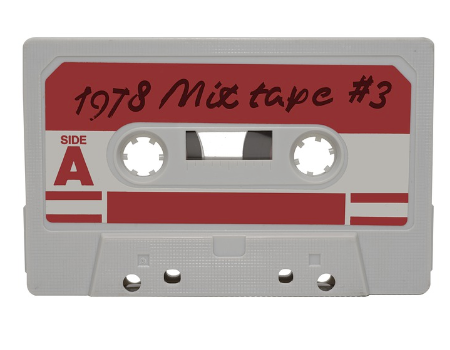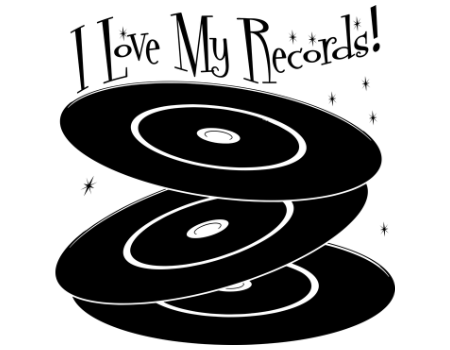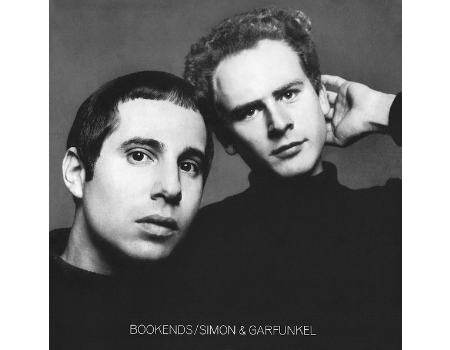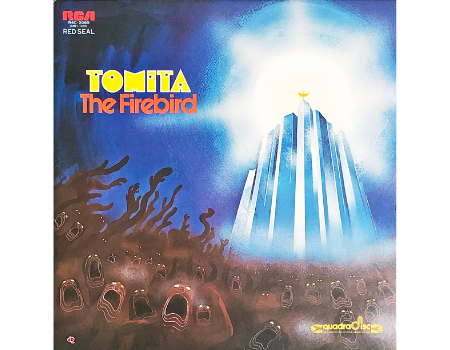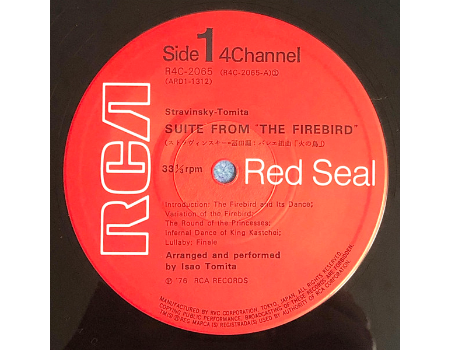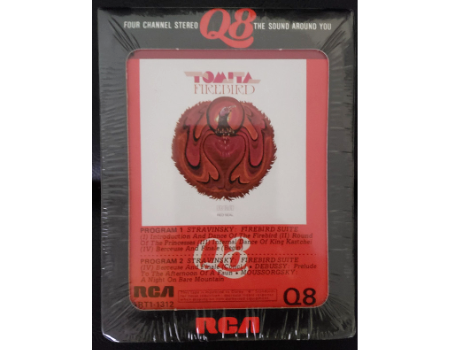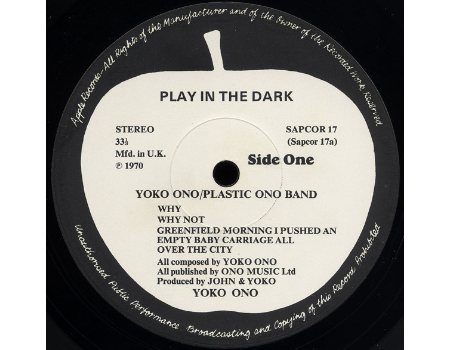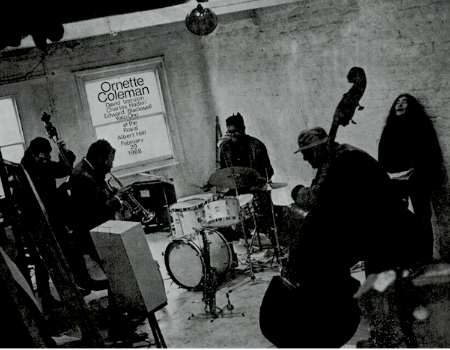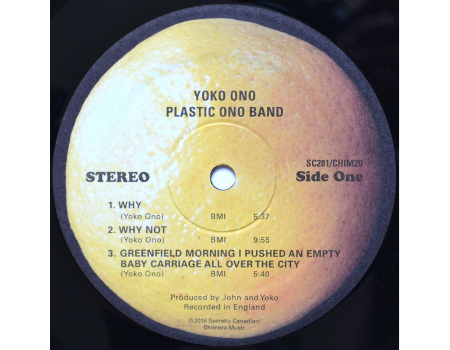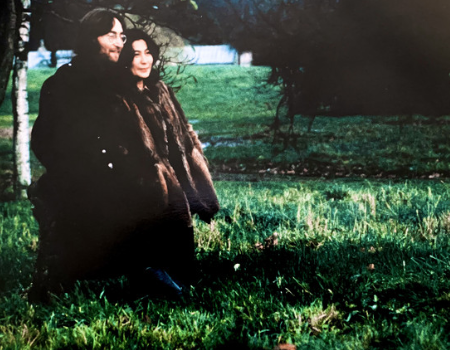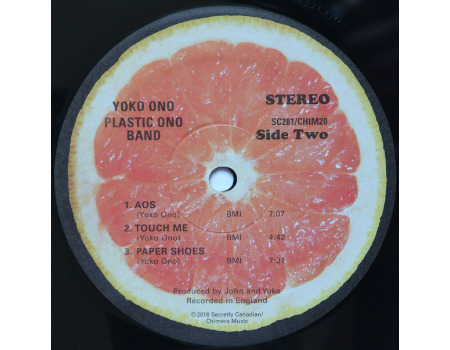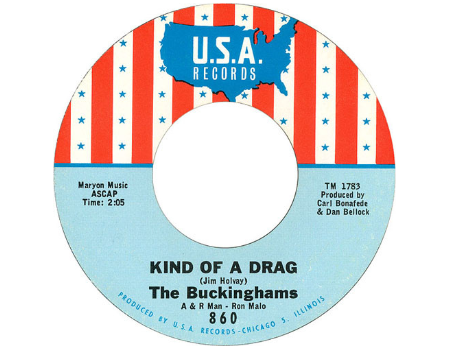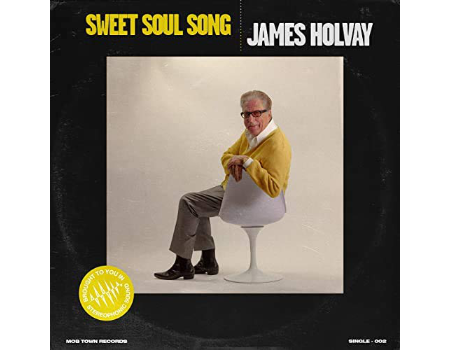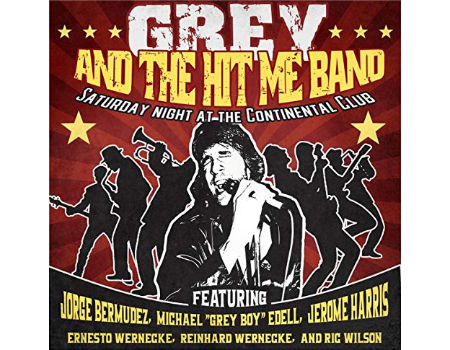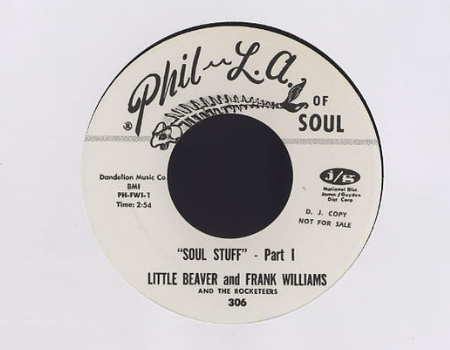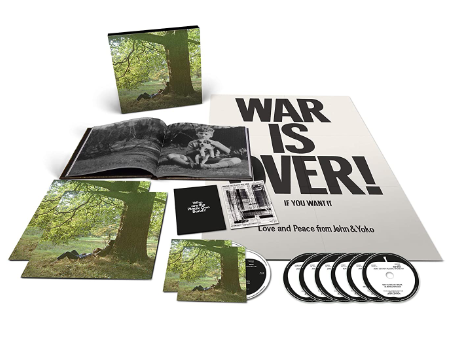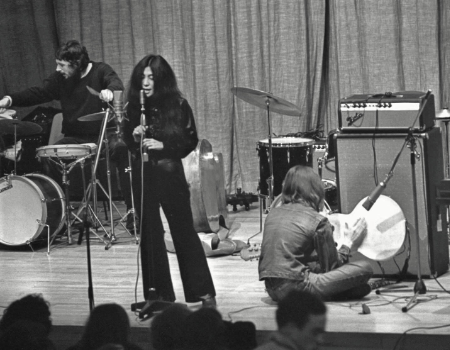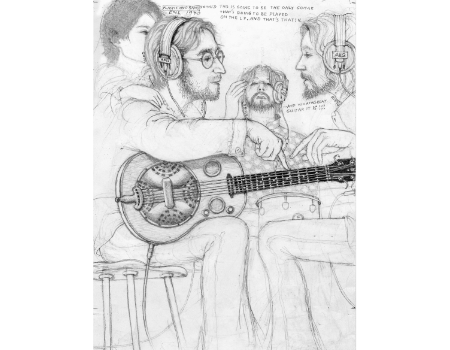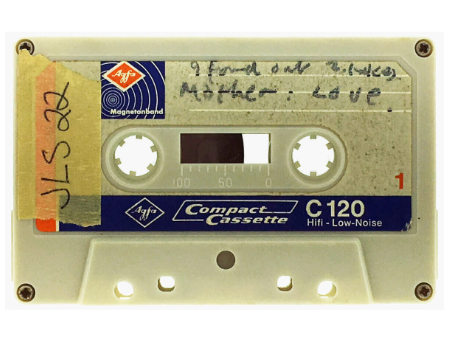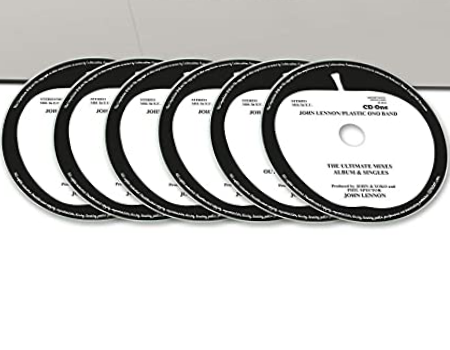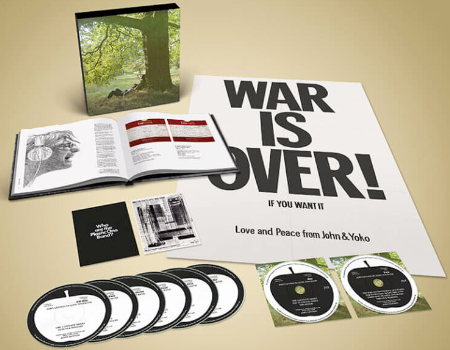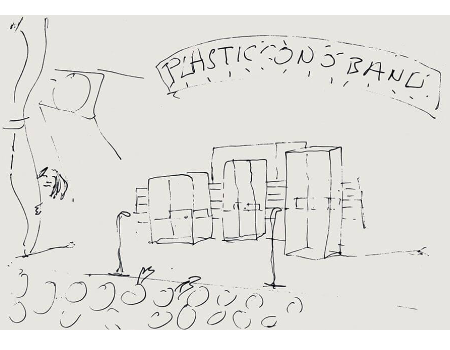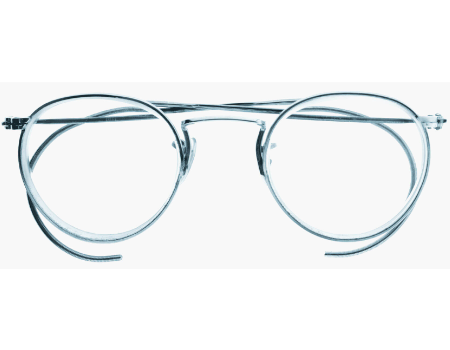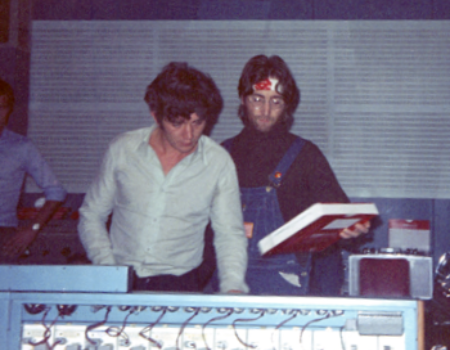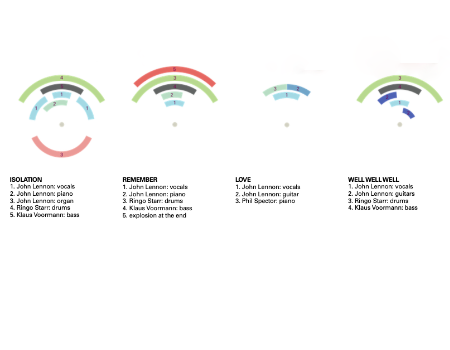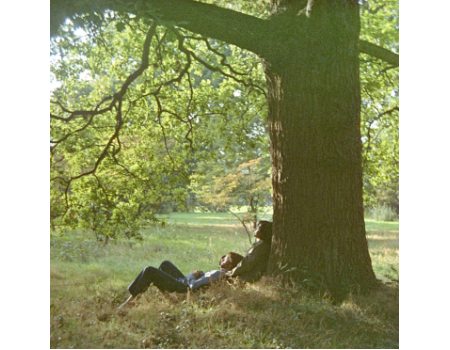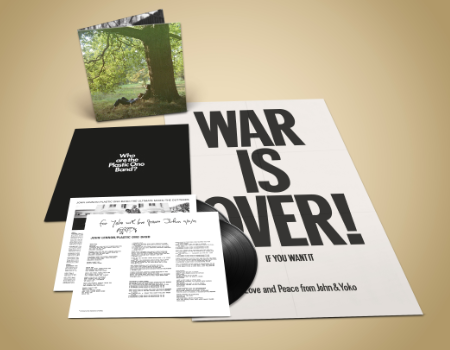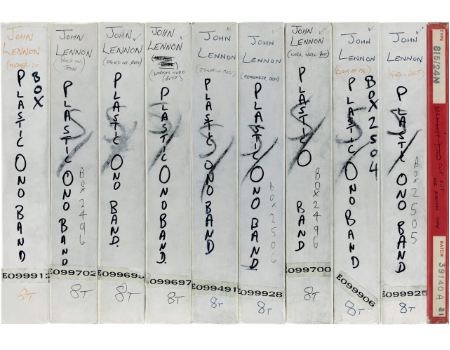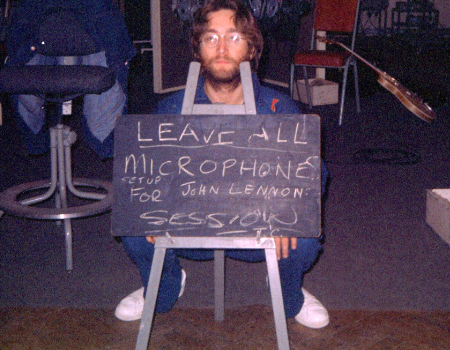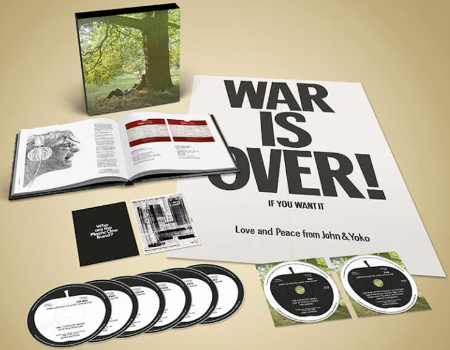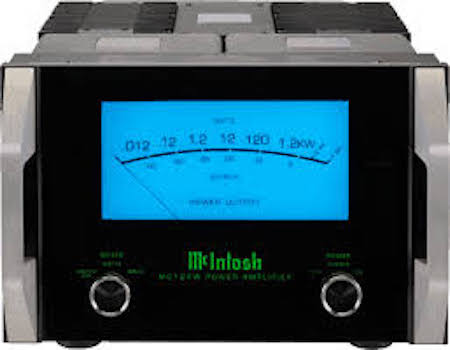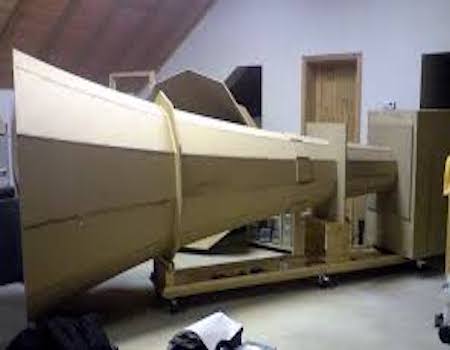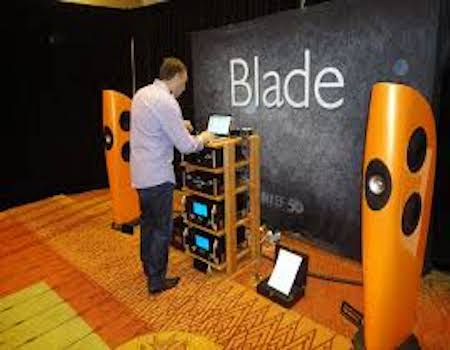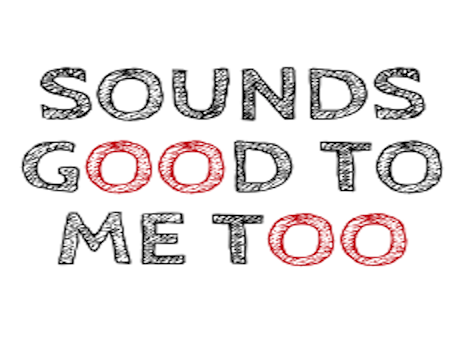Go back ten, maybe fifteen years and analog LP sales were vapor thin among young, non-audiophiles. Streaming lossy, compressed music on handheld devices had totally taken over that marketplace – which still pretty much exists today. Whereas when I was a teenager, all I had were records and a radio. Teenagers and twenty somethings of today have multiple streaming and playback options. Why would they be interested in an LP?
Something funny, however, happened on the way to the party. Vinyl began to enjoy a resurrection – and it is still going on, dramatically so. My question is why?
To be honest, analog never fell totally from popularity amongst audiophiles. How many audiophiles with magnificent tube and solid-state systems have been enjoying LPs for decades? No, analog was not abandoned by audiophiles and we alone are not responsible for its resurgence as a viable musical medium. What is then?
I was recently in one of the very few places in Charlotte to buy LPs. This merchant sells both new and used. I was surprised to see how many young people there were flipping through the record racks. One of them said to a friend, “look, check this out!” He was holding up a Sonny Rollins LP. Really, traditional Jazz? For a 20 something?
Frankly speaking, I don’t see the totality of LP resurgence coming from seasoned audiophiles suddenly eager to make a switch from digital. But it is impossible to deny that LPs are selling better than in probably three decades. And yes, I also realize LP sales today do not rise to the level of digital sales. That is hardly the point.
When you look at the demographics of who is buying LPs, it is not exclusively 60 something year old audiophiles with 80’s era tube systems – although the 55-year-old and up demographic do command a sizable percentage of vinyl buyers. Surprisingly, young people of a wide and disparate age group also comprise a sizable percentage of buyers. And the music to which they are listening may not exclusively be the rap and hip hop inspired sounds so prevalent with teenagers today. What gives?
Is analog that cool? My guess is yes, it absolutely is that cool.
Let’s assume for a minute that it is suddenly cool for a young person to be buying an LP in a genre rarely before heard or thought about. They go to a record store and buy a used Sonny Rollins LP for $5.00 and take it home to play on their Crosley turntable. Not what I’d call an audiophile setup in the truest sense. But really, who cares?
What is the possibility of some of these young people actually wondering if the sound they experience from their little Crosley could possibly be improved? Maybe they look to upgrade that Crosley turntable to something a little nicer. Think that is a possibility? I certainly do.
Of course, it is an obvious statement of fact there will be many young listeners who could care less about improved sonics. They only want the “cool” factor. Be like their friends. That certainly stands to conclusive reason. What happens when those that do want something better decide to move forward? How will they know what to do? Or where to go? How can audiophiles help them decide what is best for their needs?
One place to start is with turntables aimed at the youth market. Realistically, most 25-year-old buyers will not desire nor can they afford an expensive audio system. A wise place to start is with a turntable aimed at playing an LP in one self-contained unit. An entry level turntable with a cartridge, phonostage, maybe a headphone amp or connections for an external amp which can power speakers and a nice, budget minded system awaits. Fortunately, there are several such products available today.
Needless to say, this same sort of system may be currently found in the digital domain. But if we proceed on the basis that less than 30-year-old buyers see LPs as being “cool,” then it makes sense to avail them with an inexpensive means to exercise the analog option and the “coolness” factor. Most such buyers have been streaming digital for their entire lives so that basically becomes commensurately commonplace.
There are those who routinely claim our hobby is getting older. Maybe it is. Many audio shows, when last we had one, have mostly older men in attendance. Most of the young kids who did attend came with their Dad. Which is fine – many of today’s audiophiles learned the hobby from their Dad.
We as a, what, business segment, hobby, however we may best be termed, should make efforts to accommodate young audiophiles. We will never win them all, obviously, but if we can convert some, we may be able to create the next generation of music lover interested in something better than an iPhone.
If using an entry level turntable and accommodating whatever “cool” factor may exist is one roadmap to making that happen, then fine, let’s go! I have had several of my neighbors and their teenaged children come over to hear my system. When I see the look on the faces of these young men and women, I am reminded why all audiophiles love the hobby. Its really very simple, we want to be amazed. We want to be “wowed.” We want that unseen, emotional connection to music a magnificent audio system can render.
Maybe a used LP and an inexpensive turntable is precisely the beginning of a process aimed at making that introduction happen. Maybe the presumption of “cool” will entice young music lovers to wonder if there is perhaps something better. If so, then that is absolutely fine. Our hobby needs an accommodating, enticing way to make these types of conversions.
If a used LP and an entry level turntable is the way to do so, that is, in my view, a wonderful way to get the ball rolling. Or spinning, whatever the case may be.







